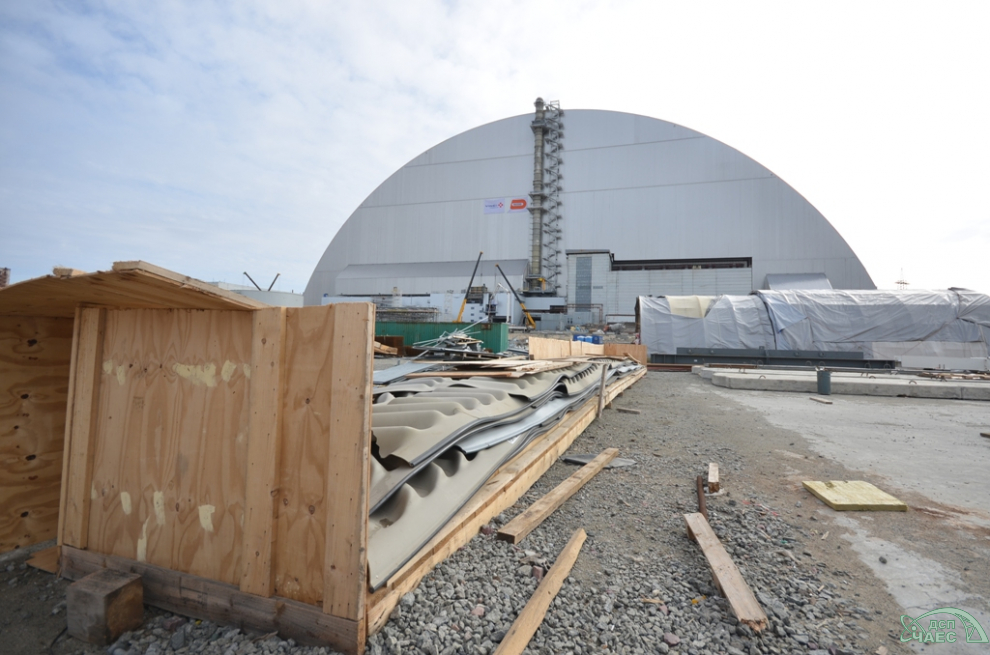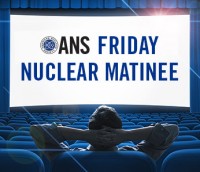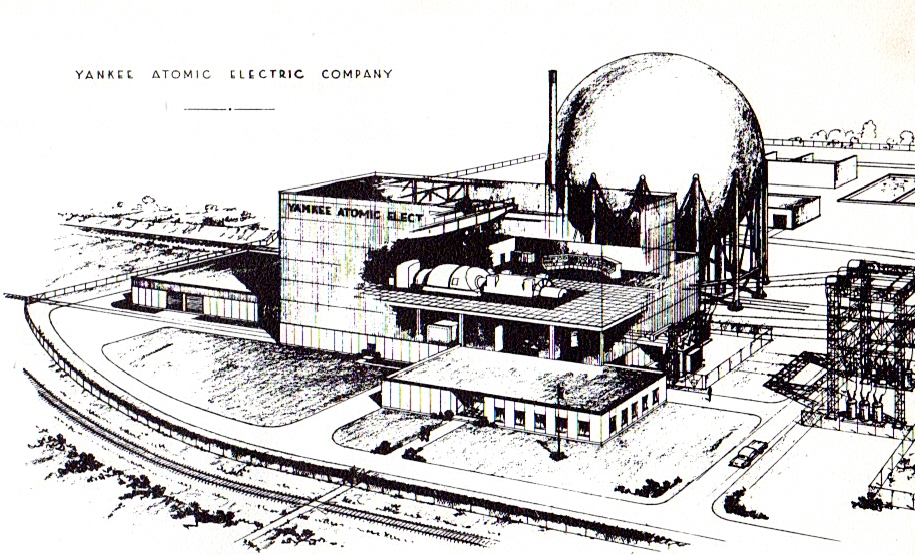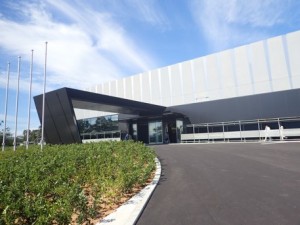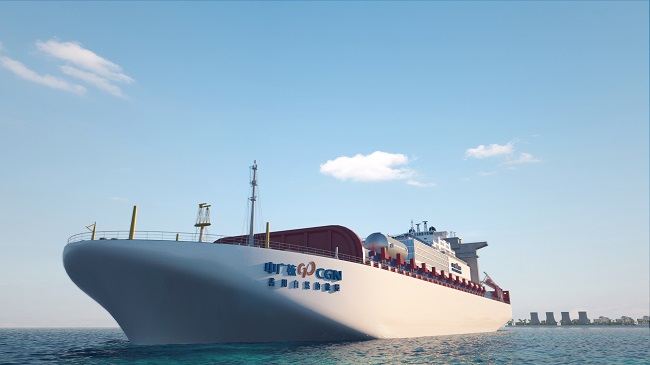ANS Friday Matinee: Vogtle Unit 1 Turns 30
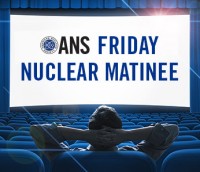 Our Friday Matinee feature this week is a short video from Southern Nuclear commemorating the 30th anniversary of the startup of Plant Vogtle Unit 1. Various employees look back at the time of the startup and capture their feelings for us to share in. We hope you enjoy "Plant Vogtle - Memories at 30."
Our Friday Matinee feature this week is a short video from Southern Nuclear commemorating the 30th anniversary of the startup of Plant Vogtle Unit 1. Various employees look back at the time of the startup and capture their feelings for us to share in. We hope you enjoy "Plant Vogtle - Memories at 30."


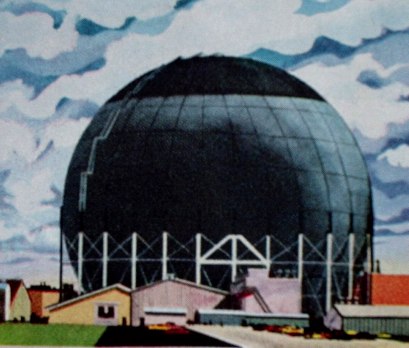
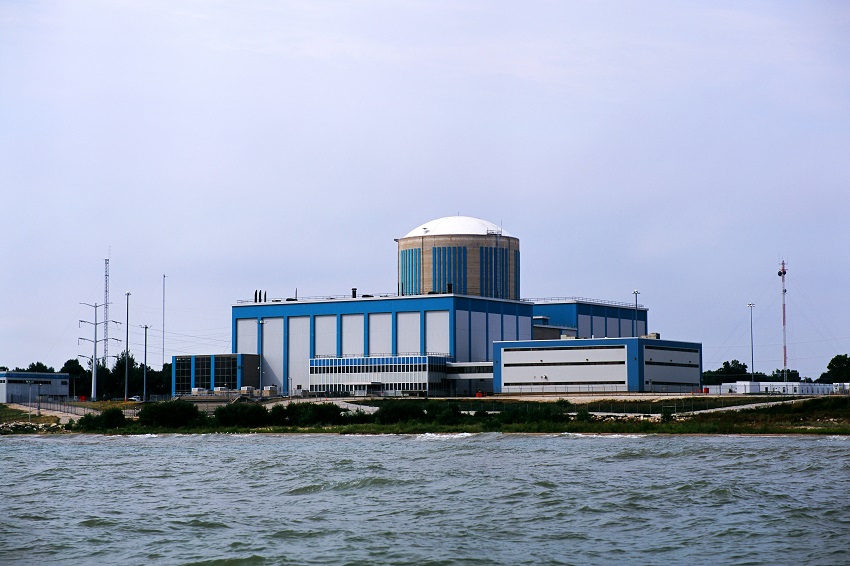
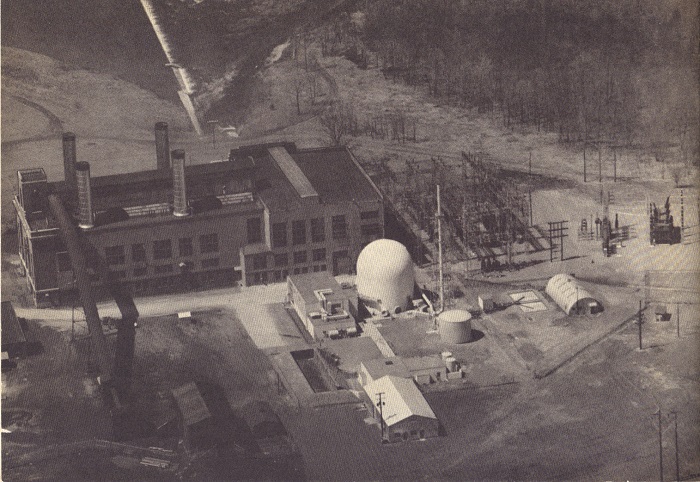 There's talk in some circles these days about selecting fossil-fueled power plants and adding nuclear reactors to them in order to "repower" them without emissions. One early example, the Saxton Experimental Reactor, is seen above in a photo from my collection*. There are some important things to think about before this is tried on a plant; here are five things to consider:
There's talk in some circles these days about selecting fossil-fueled power plants and adding nuclear reactors to them in order to "repower" them without emissions. One early example, the Saxton Experimental Reactor, is seen above in a photo from my collection*. There are some important things to think about before this is tried on a plant; here are five things to consider: